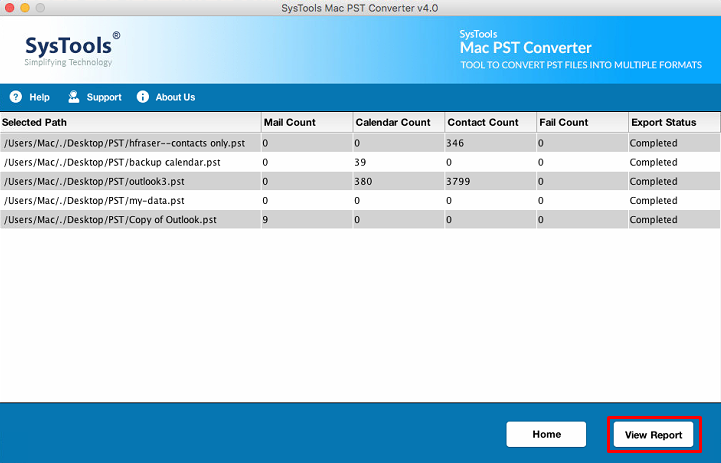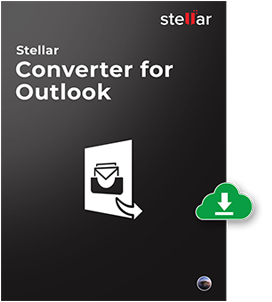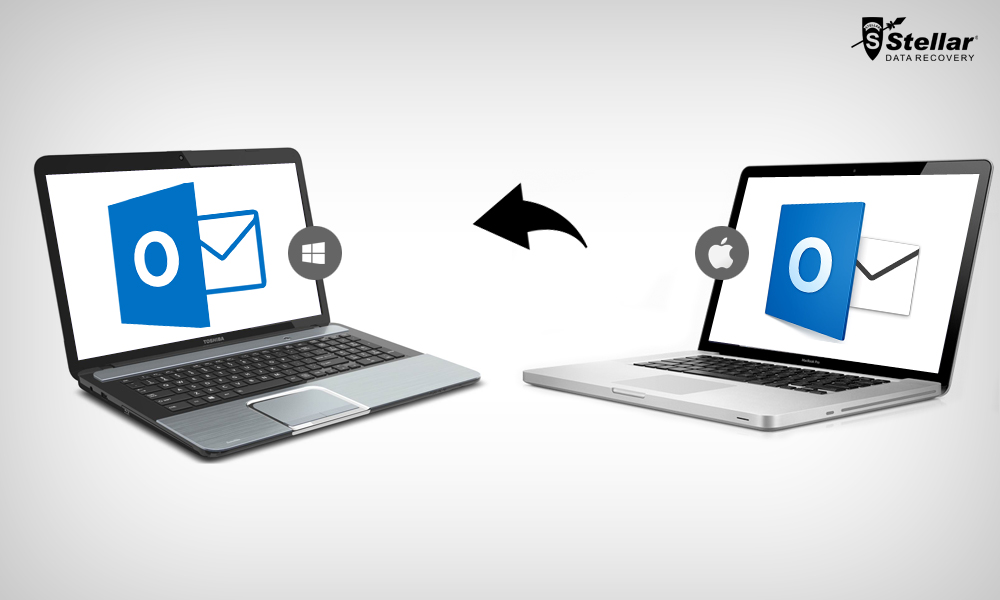
- OUTLOOK FOR MAC PST EQUIVALENT FOR MAC OS X
- OUTLOOK FOR MAC PST EQUIVALENT MANUAL
- OUTLOOK FOR MAC PST EQUIVALENT ARCHIVE
- OUTLOOK FOR MAC PST EQUIVALENT MAC
And the tool runs its dedicated and progressive data extraction logic to get each and every complex item from the database, including non-English characters and metadata.
OUTLOOK FOR MAC PST EQUIVALENT MANUAL
Not only is it simpler, it also results in far more precise data conversion, since the manual steps are almost zero. This is much simpler than any other methods you can find on the internet. Launch “ Mail Passport Pro” and load it up. Just go to ~/Library/Mail and copy the folder to some external hard drive and bring it into your Windows PC.
OUTLOOK FOR MAC PST EQUIVALENT ARCHIVE
You don’t need to manually do anything else, like archive data into MBOX or other similar files.
OUTLOOK FOR MAC PST EQUIVALENT MAC
The tool allows you to simply load the entire “Mail” folder where Mac Mail stores all your contents. It has a simple UI, advanced algorithms, and a tech support that could make it a breeze to transfer your email data across the email clients in question. One of the best Apple Mail to PST converters is “ Mail Passport Pro” from Gladwev Software. And fortunately, there are tools that could let you do that with efficiency and accuracy you desire. This brings us to the third technique of getting your data from Mac Mail to Outlook by converting the ‘Mail” directory into PST files directly. For users with massive databases, it can get virtually impossible to do so. You have to drag each folder individually. But to actually drag and drop folders into Mac desktop to convert them to MBOX files in the first place is time-consuming. The second approach requires a third-party converter to convert MBOX to PST files.

Naturally, the manual approach is not something you should choose to go with if you value the important details on your emails (like images, headers, metadata, attachments, etc), or if you value your time. But if you can’t notice the process in enough detail, here’s what you should know: it requires a high internet connection to sync the data (twice), it requires an email service that allows storing data with the size equal to what you have to migrate to Outlook, it is slow, tedious, and often doesn’t move emails with their integrity preserved.

It doesn’t require installing any third-party installation on their computers. Often, users would try to go with the first method. This approach is similar to the 2 nd one, however, with this method, you don’t need to have MBOX files. You can convert the entire “Mail” database folder directly to PST, instead of using MBOX to PST converter. You can then employ a third-party file MBOX to PST converter, where PST is the file format used by Outlook to import data.ģ. You can drag the folders from Mac Mail and drop them to your Mac desktop. This is not particularly about converting Mac Mail to PST file as no file is involved, but the result is the same.Ģ. Add the same account to Windows Outlook and then sync the data from the servers to the local Outlook database. Add a new, dummy email account to Mac Mail, and sync the local data in Mac Mail to that email account servers. Here are few techniques you can get this through with:ġ. No matter how many emails you have in Mac Mail, the task of getting all of them into your Outlook can feel massive and threatening, especially to basic users or beginners.
OUTLOOK FOR MAC PST EQUIVALENT FOR MAC OS X
It relates to transferring your emails from Mac Mail (default and built-in email client for Mac OS X users) to Outlook client for Windows from Microsoft. Today, we are talking about one particular job that users face when they switch from Mac to Windows.

And in that phase, includes the daunting process of moving your data across email clients. But the worst part is not getting comfortable in new OS but in the actual transition phase.

Both operating systems have some significant differences in all areas of computing. If you recently switched to Windows from Mac OS, you might be having few trouble settling in.


 0 kommentar(er)
0 kommentar(er)
